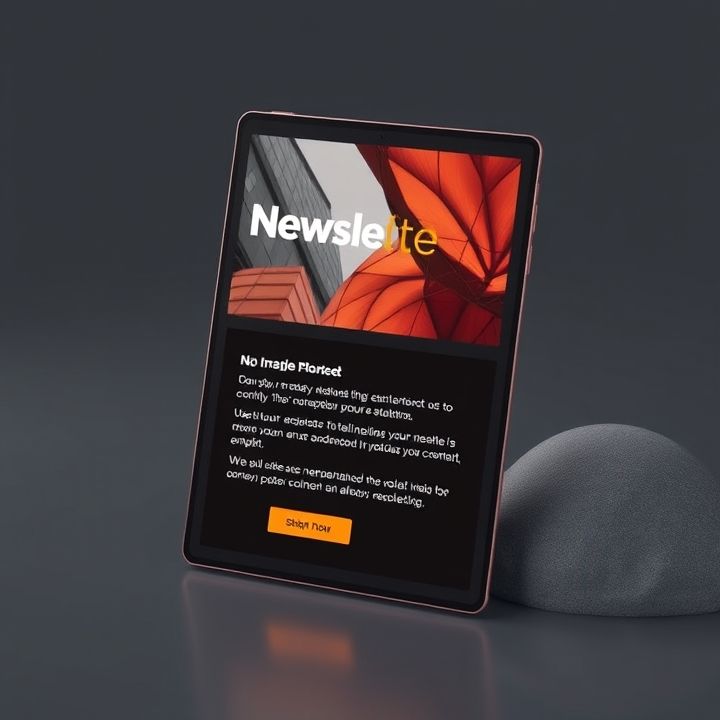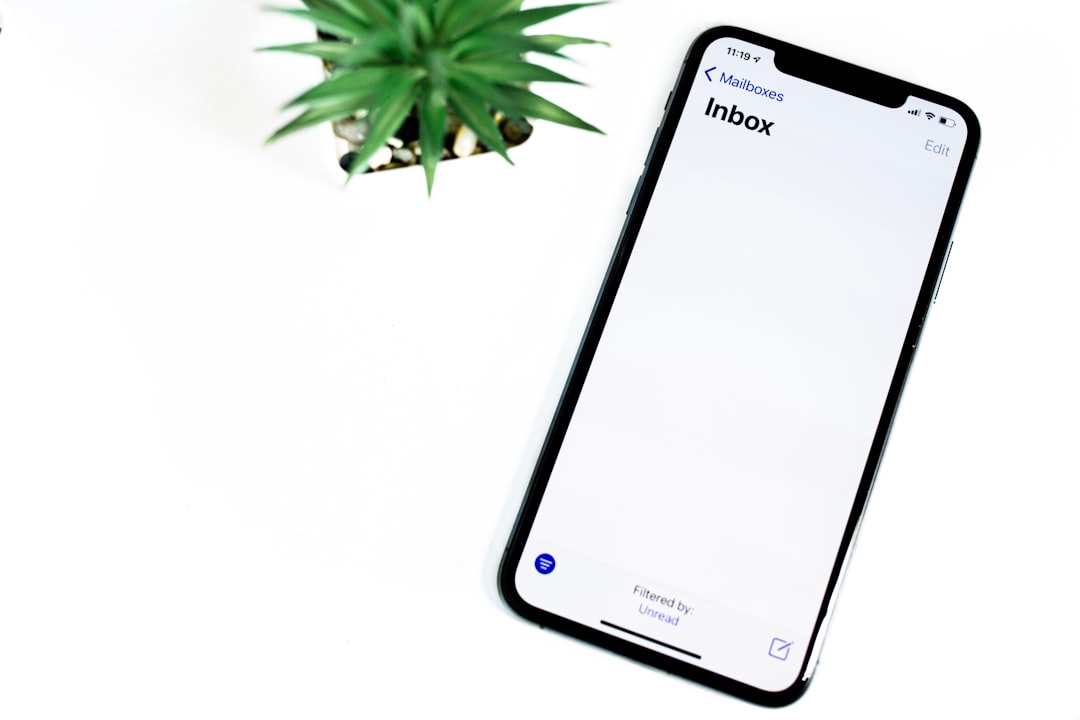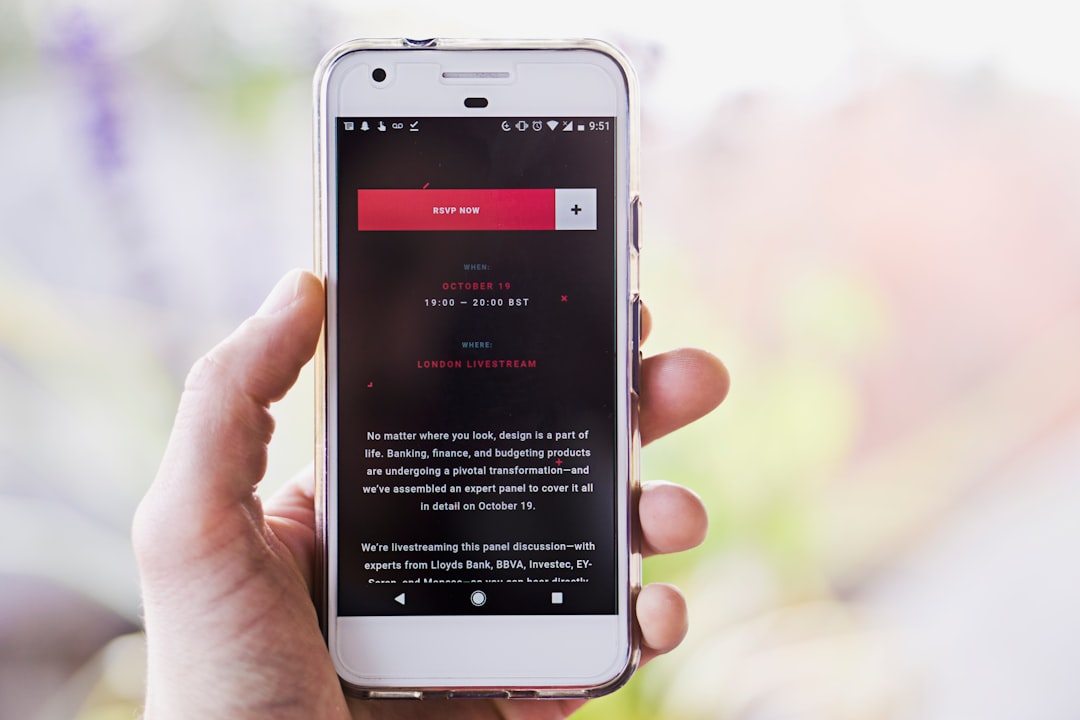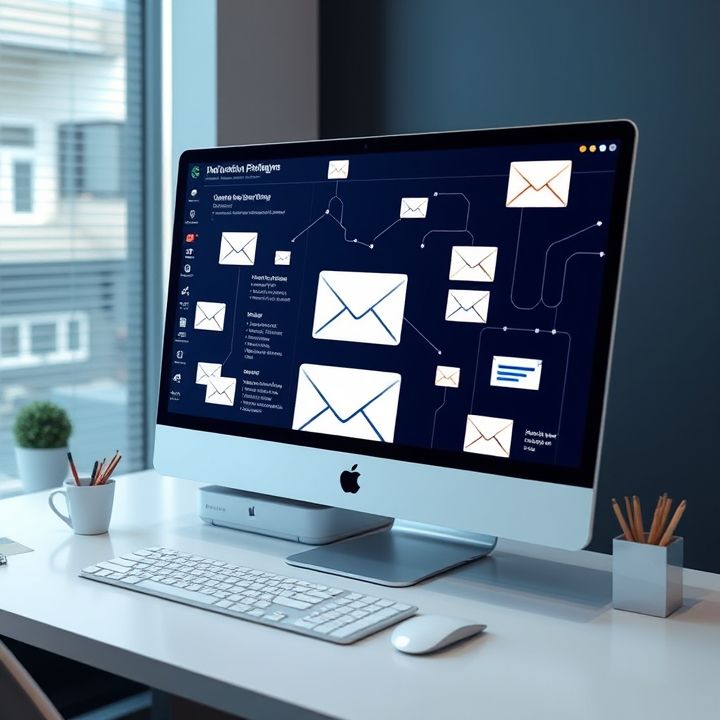Table of Contents
- Introduction
- Understanding Your Audience: Crafting subject lines that resonate with your target demographic
- The Power of Personalization: Incorporating recipient’s name or interests to increase engagement
- Scarcity and Urgency Techniques: Creating a sense of urgency to encourage immediate action
- Utilizing Numbers and Statistics: Making your subject lines more enticing with specific data
- A/B Testing Subject Lines: Experimenting with variations to determine the most effective approach
- Conclusion
- Frequently Asked Questions
Introduction
In today’s digital age, the success of your email marketing campaigns hinges significantly on one critical element: the subject line. A carefully crafted subject line acts as the gateway to engaging and retaining your audience’s attention, driving exceptional open rates that can elevate your campaign outcomes to new heights. But how do you consistently create those irresistible subject lines that compel recipients to click and read?
Before diving into the proven techniques, let’s take a moment to visualize the impact of a well-constructed subject line. Imagine your potential customers eagerly awaiting what’s inside their inbox, just like the image below:
Here’s a glimpse of what’s at stake:
| Subject Line Type | Average Open Rate Increase |
|---|---|
| Personalized | 26% |
| Urgency | 22% |
| Curiosity | 19% |
The statistics speak volumes about the potential hidden in the art of writing persuasive email subject lines. With these impressive boosts in open rates, mastering this skill is no longer a luxury—it’s a necessity.
Understanding Your Audience: Crafting subject lines that resonate with your target demographic
Understanding your audience is crucial when crafting email subject lines that truly resonate. The key is to create a connection that feels personal and relevant to the recipient. Start by identifying the specific characteristics of your target demographic, such as age, gender, profession, interests, and buying behavior. This information will guide you in tailoring your language and tone to match their preferences.
Next, use this insight to address the audience’s needs, aspirations, or pain points directly in your subject lines. For instance, if you are targeting young professionals who are always on the go, a subject line like ‘Unlock the Secret to More Free Time’ speaks to their desire for efficiency and balance. Additionally, incorporating a sense of urgency or exclusivity can capture their attention, such as ‘Don’t Miss Out on This Limited-Time Offer.’
Testing various subject lines with small segments of your audience can help you determine what works best. Analyze open rates and feedback to refine your approach continuously. By understanding and appealing to your audience’s unique preferences and needs, your email subject lines will not only capture attention but also drive engagement and conversions.
The Power of Personalization: Incorporating recipient’s name or interests to increase engagement
In today’s fast-paced digital world, personalization has emerged as a powerful tool in crafting compelling and persuasive email subject lines. By incorporating the recipient’s name or interests, you can significantly increase engagement and open rates. This personalized touch makes the email feel more relevant and tailored to the individual, capturing their attention right from the inbox.
When a recipient sees their name in a subject line, it creates a sense of familiarity and immediacy, encouraging them to open the email. Moreover, referencing specific interests or past behaviors in subject lines can make the content appear more tailored and valuable to the reader. For instance, mentioning a product they viewed or an article they read can pique their curiosity about what’s inside.
Personalized subject lines also convey a customer-centric approach, showing that the email is not just another mass message but rather a thoughtful communication. This can enhance brand loyalty and trust, as recipients appreciate being treated as individuals rather than just another email address.
Overall, the power of personalization in email subject lines lies in its ability to connect with recipients on a more personal level, ultimately leading to higher engagement and stronger customer relationships.
Scarcity and Urgency Techniques: Creating a sense of urgency to encourage immediate action
Creating a sense of urgency in email subject lines is a powerful technique to drive immediate action. By implying scarcity or a limited-time offer, you tap into the reader’s fear of missing out. Phrases like ‘limited time only,’ ‘last chance,’ or ‘ending soon’ evoke an emotional response, encouraging recipients to act quickly. Another effective approach is to highlight exclusive deals with words such as ‘members-only’ or ‘exclusive offer,’ which make the reader feel special and prompt them to open the email.
In addition to scarcity, urgency can also be created by using time-related cues that motivate quick responses. For example, setting a specific deadline by saying ‘Offer expires in 24 hours’ immediately prioritizes the email in the recipient’s mind. Combining urgency with the benefit of acting soon, such as ‘Get an extra 20% off if you act now,’ not only compels action but also adds an extra layer of incentive.
Overall, carefully crafting subject lines that incorporate scarcity and urgency can significantly boost email open rates and conversions by triggering quick decision-making and action from the audience.
Utilizing Numbers and Statistics: Making your subject lines more enticing with specific data
Utilizing numbers and statistics in email subject lines can significantly enhance their appeal and effectiveness. Numbers help convey clear, concise information that immediately draws attention. They provide a tangible reference point that can make your message more attractive and trustworthy. For instance, stating “Increase Your Sales by 30% in Just 3 Months” directly communicates a potential benefit, enticing readers to explore further. Specific data appeals to logic, making the content seem more legitimate and research-backed.
Statistics can also create a sense of urgency or exclusivity that prompts immediate action. Subject lines like “Join the 5% Who Have Mastered Email Marketing” leverage exclusivity, nudging readers to take part in something few have achieved. Furthermore, using data related to outcomes or success stories can drive curiosity. A line such as “Why 8 out of 10 Marketers Prefer Our Tool” suggests high satisfaction rates and credibility, urging recipients to find out more.
Importantly, numbers should be relevant and directly tied to the recipient’s interests or pain points. Avoid overwhelming with too much data; instead, focus on key figures that highlight the most compelling aspects of your message. This strategy not only grabs attention but also boosts open rates, leading to higher engagement.
A/B Testing Subject Lines: Experimenting with variations to determine the most effective approach
A/B testing subject lines is a powerful technique to enhance the effectiveness of email campaigns. By creating two or more variations of a subject line, marketers can experiment to identify which one resonates best with their audience. This process involves sending different subject lines to small segments of the target audience and analyzing the open rates and engagement levels.
For example, one variation might focus on creating urgency while another could highlight a special offer. The key is to change one element at a time, such as the wording, length, or emotional tone, to see what drives better results. Tools like email marketing platforms often provide built-in A/B testing features, making it easy to set up and analyze tests.
The insights gained from A/B testing can inform future strategies, ensuring that subject lines consistently capture the reader’s attention. This data-driven approach not only optimizes subject lines but can also lead to improved overall email performance, increasing conversion rates and customer engagement. Ultimately, experimenting with different variations allows marketers to refine their messaging to better meet the preferences and expectations of their audience.
Conclusion
In conclusion, crafting persuasive email subject lines that significantly boost open rates involves a multifaceted approach integrating audience understanding, personalization, scarcity techniques, quantitative insights, and strategic testing. By tailoring subject lines to resonate with your target demographic, you create a personal connection that captures attention. Personalization, through the use of names or interests, further enhances engagement, making the recipient feel valued and understood. The urgency or scarcity elements amplify this by instigating prompt action, leveraging the fear of missing out. Incorporating numbers and statistics adds credibility, making the benefits of engagement clear and measurable. Lastly, A/B testing remains crucial in this landscape, allowing you to experiment and refine your strategies based on empirical evidence. These proven techniques, when combined thoughtfully, not only elevate your email campaigns but also foster stronger, more productive relationships with your audience, ultimately leading to better engagement and business outcomes.

















